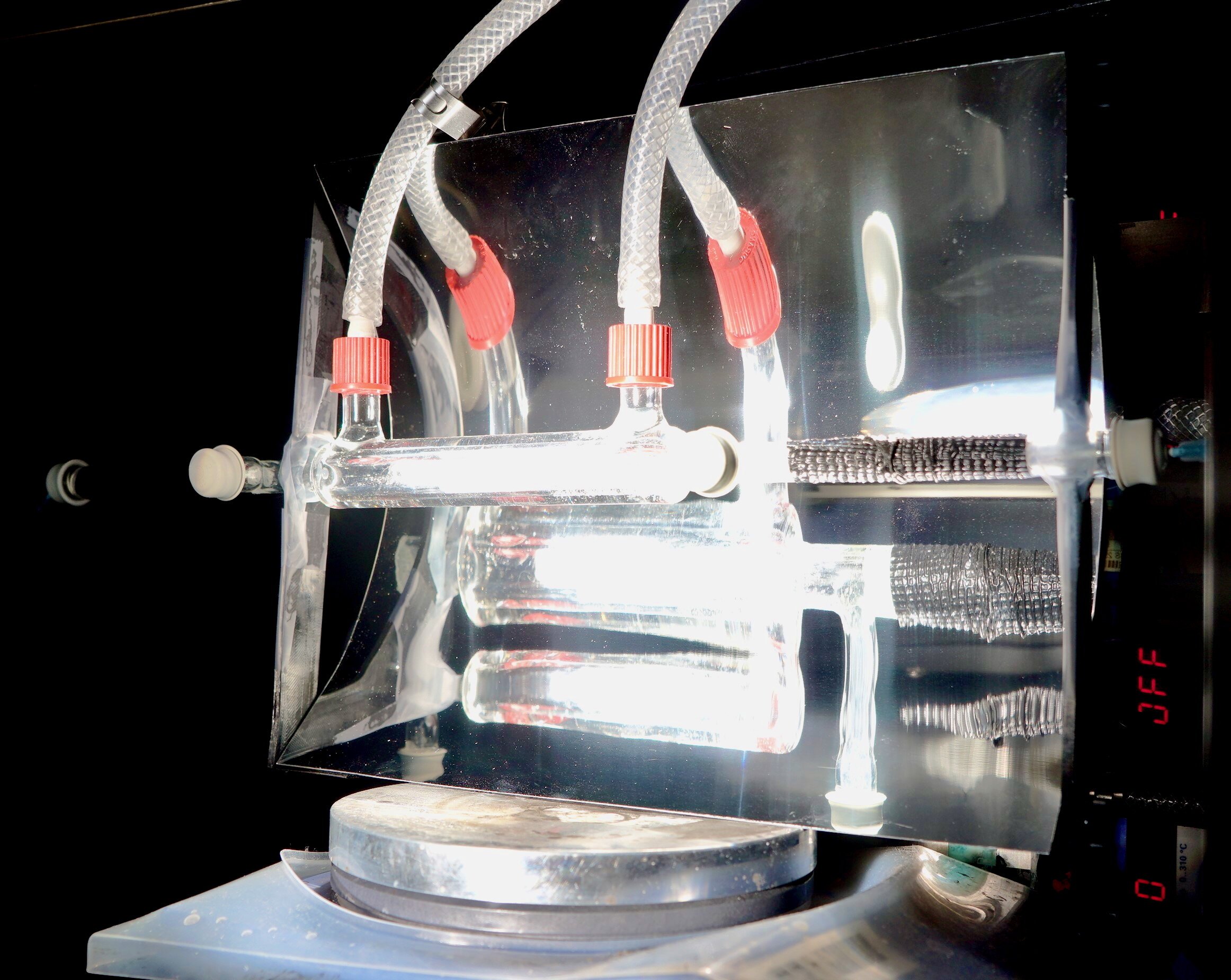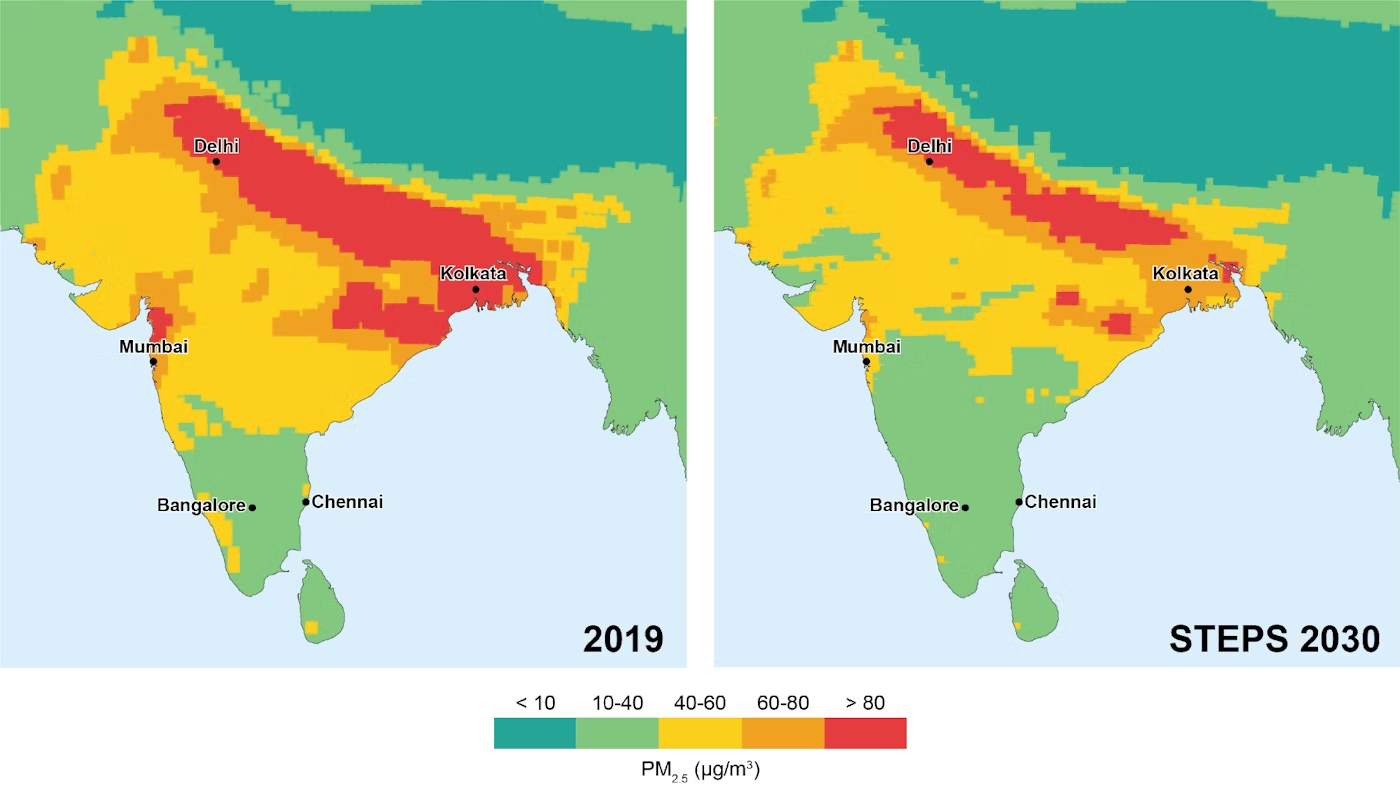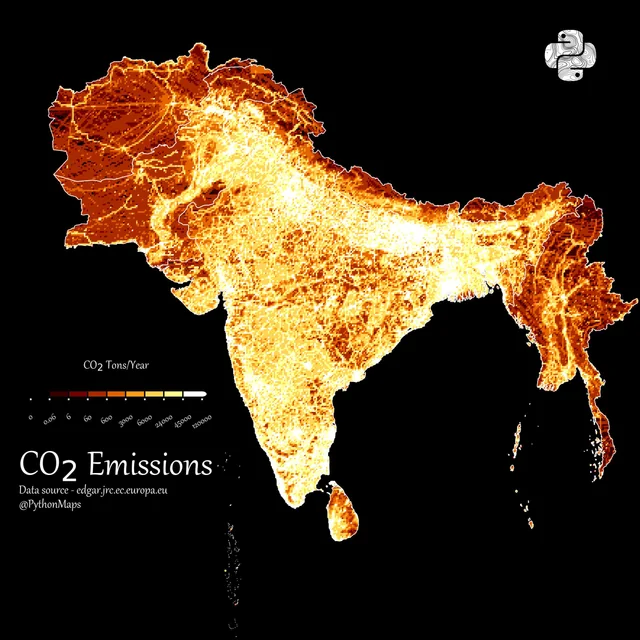- cross-posted to:
- [email protected]
- cross-posted to:
- [email protected]
“Sustainable fuel”
Put that shit deep under ground, not back in the air!!
Lol, how is this different then hydrogen for example? Its renewable if just carbon dioxide is consumed during generation
Hydrogen fuel isn’t really renewable, even if the PR agents of companies creating it tell so.
Edit: at fact check, I found this, maybe there is a way after all:
To your comparison: Hydrogen only releases water if burned.
And getting CO2 out of air is very resource intensive and we need to pull a lot CO2 out, if the air to get back to “normal” levels. We can not afford to put any CO2 back into the atmosphere, after the hard work getting it out.
I thought ages ago about a passive technology to use solar power to capture carbon dioxide and turn it into solid form.
I realised that I was trying to invent trees.
The problem is trees are such a blight on the landscape. Nobody wants trees popping up all over the place. Not in my backyard!
Imagine the dystopian future when huge areas of land are set aside and blanketed with trees in such density that you can’t even see through them.
My ex, visiting Canada from Japan, once complained that there are too many trees.
Wow, and now look! There’s trees everywhere. Good job. Welp, let’s get some rakes and clean that stuff up.
Stopping pollution at the source is much more thermodynamically efficient.
Interesting. I wonder how they catch the CO2 out of the air.
Ok, after reading (parts of) the paper:
- they use some amines on porous Silicate to catch the CO2 out of the air
- the whole process in the paper is actually a 2-step process, the first step being CO2 capture
- the second step describes how to convert CO2 into CO+H2 or sth
This article has waaayyy too much “if this actually worked it could be used for…” and “instead of other methods that don’t work…”. But waaayy to little about the actual validity of the process.
This is a general trend every fucking time an article claims to have something on CO2 or batteries or global warming. IMO this is probably because the actual idea is bullshit.
Sorry but my ADD prevented me from reading all that non content crap to see if there were actually anything real to read.What if, instead of pumping the carbon dioxide underground, we made something useful from it?
WOW you’d have to be at least 4 years old to see how brilliant that could be.
What if instead of having your head up your ass, you at this point had already written at least a teaser about how this actually works?
99% sure by now, that this is a fucking waste of time.Please someone who bothered reading this, inform me if there’s any actual content beneath that load of obvious bullshit.
Edit: Ah OK there came some almost right after what I quoted, but why the fuck do they think they need to lead with all that meaningless babble?
It’s university press department stuff. That’s always shitty pop-science communication.
Then again, it works, as people post that to fora, instead of the actual research. And popularity, not quality, of work brings grants.
I skimmed most of it, but I’m still not sure what the fuel is. CO2 isn’t particularly useful unless you change it to something else. What’s that something else?
Syngas, a mixture of CO and H2
I have several of these around me. I call them trees, and plants. They use solar power to convert carbon, water, and minerals, into a solid form, which I call wood.
Ha! Next you’ll tell us these magic machines are nearly free and self-replicating!
lol. They are. It’s truly amazing!
This reminded me of that video when the covid lockdown caused the air to be so much cleaner that a mountain range could be seen from ~200km away:
We have this literally every winter in my area, but instead of 200km, it’s more like 20. We get what’s called an inversion where particulates get trapped in our valley, and they don’t leave until the weather changes and all that crap can escape. When it gets rally bad, I can’t see the mountains on the other side of the valley at all, whereas when it’s clear, I can make out specific features on the mountain.
During COVID, we had far fewer bad air days, because we weren’t producing nearly as many particulates.
you can see it’s peak around 350 km away
https://en.wikipedia.org/wiki/Acetogen is a more promising technology in my opinion. It also does not require high pressures or temperatures, has been proven to scale to tons of co2, and uses much less energy than this paper.
This paper has the advantage of not needing a high concentration of co2 in the air. But on the other hand, such sources are readily available as a by-product of industry.
i think acetogens are biological entities, though?
wasn’t there some rule about industrial processes being 10x to 100x more efficient than biological beings, in general?
there’s no such rule
I first heard about this kind of thing a couple of decades ago. Pretty sure biofuel is more efficient though.
Cool.
Looking forward to hearing about the scaling up.
i find the technology itself more interesting than the scaling-up, because we can’t do anything about the scaling up (at least i don’t have billions of dollars that it would cost), but we can analyze the process qualitatively from home, that’s more exciting.





